Enter our photo competition HERE Get involved
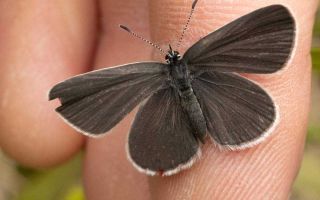
Back On Our Map Legacy Documents
Read the full Legacy Documents from the BOOM team to find out about each of the species, the work that has been carried out and recommendations for the legacy and partnership work which will continue in the future.
Back On Our Map Legacy Documents
Want to know more about the BOOM species and all the work that has been carried out over the past 4 years?
Back On Our Map is a pioneering project supported by the National Lottery Heritage Fund and hosted by the University of Cumbria. The project works with communities to reintroduce a suite of locally threatened or extinct species to South Cumbria. Morecambe Bay Partnership has been a key delivery partner and responsible for volunteering and community engagement. As the project enters its final months, we would like to share our Legacy Documents with you. There is one for most of the BOOM species and they cover the work that has been completed on the species as well as recommendations for the future.
Aspen
The BOOM project aimed to increase the connectivity of aspen in South Cumbria. We planned to take hard-root cuttings from aspen across the project area, and work with community stakeholder organisations such as Green Heart Den and Art Gene to propagate the cuttings, with the aim to generate a clone bank of local south Cumbrian aspen clones.
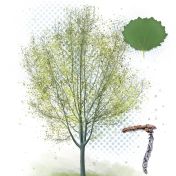
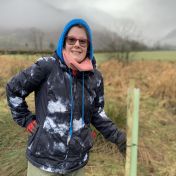
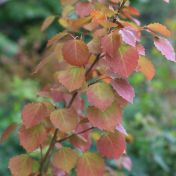
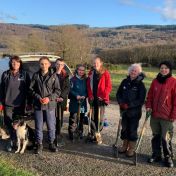
Maidenhair Fern
BOOM wanted to work closely with an existing community project which has spent the last few years collecting, propagating and translocating ferns in the Arnside and Silverdale AONB. BOOM aimed to expand on this work by engaging with wider audiences through highlighting the wider causes and implications of single species declines within complex interconnected ecosystems.
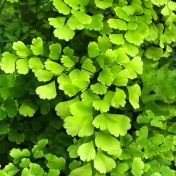

Sundew
BOOM wanted to survey, collect, propagate and translocate Drosera intermedia and anglica to restored peatlands in South Cumbria. BOOM aimed to work with local community and conservation groups as well as students and other individuals to set up a sustainable propagation regime. This regime will be informed through engagement with the North West Rare Plants Initiative who have been successfully propagating Drosera for translocation to restored Lancashire peatlands in recent years.
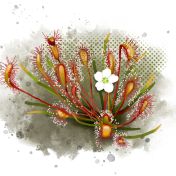
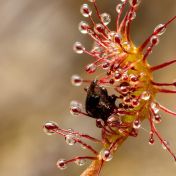
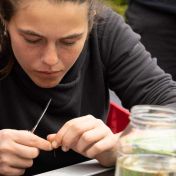
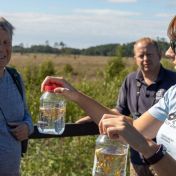
Green-winged orchid
The project aimed to reinforce populations of this spectacular and rapidly declining species has attracted widespread support from the community as well as local stakeholder groups including the Cumbria Wildlife Trust, Natural England and the National Trust. BOOM aimed to work closely with Kew Gardens, through Dr Sarasan Viswambharan who performs isolation work of symbiotic fungi before propagating seedlings which will be translocated through the BOOM project.
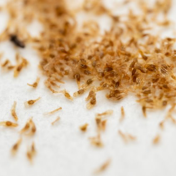
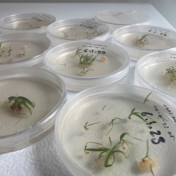
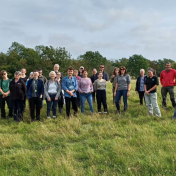
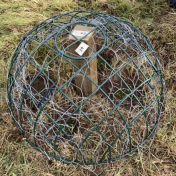
Duke of Burgundy
The aim of the DOB project was to work with local communities and key partner organisations such as Butterfly Conservation, Natural England and the Cumbria Wildlife Trust to reinforce existing DOB populations in South Cumbria and create new satellite populations to expand the geographic range and metapopulation structure of the species.
Duke of Burgundy Legacy Document
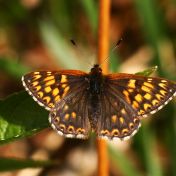
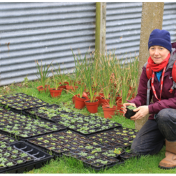
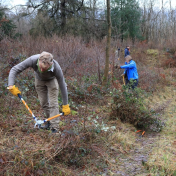
Hazel Dormouse
Woodland management in South Cumbria has improved in recent years and some areas are now ready to host dormice again. However, because dormice only move short distances, they are not able to recolonise areas by themselves. As part of the National Dormouse Reintroduction Programme, we planned to release 90 animals into adjacent sites in the Arnside and Silverdale AONB. There is much public support and interest in this species, and we wanted to provide people with opportunities to get involved in bringing them back.
Hazel Dormouse Legacy Document
A study aimed to understand how long a surveyor could expect to survey an area using passive acoustics approaches in order to be confident they have allowed time to detect a dormouse.
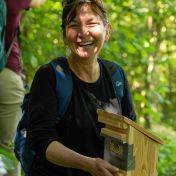
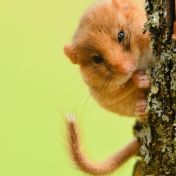
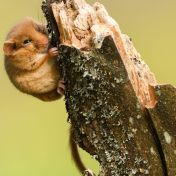
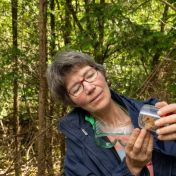
Small Blue Butterfly
We aimed to expand the current population and extend the geographic range of the species, working with Butterfly Conservation, landowners and local communities.
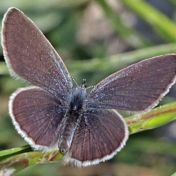
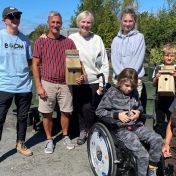
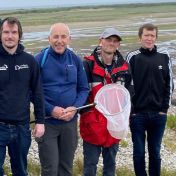
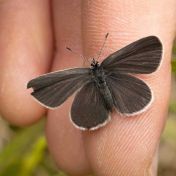
Spiked Speedwell
This project aimed to reinforce the populations of spiked speedwell at Humphrey Head and Heathwaite and reintroduce the plant into areas within its historic or geographic range to ensure the reintroduction is ecologically viable.
Spiked Speedwell Legacy Document
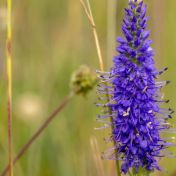
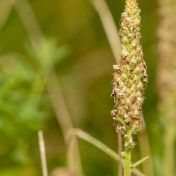
Goldilocks Aster
We aimed to reintroduce Goldilocks Aster to south Cumbria and north Lancashire, the formerly northernmost population in the UK. With the help of local volunteers, we wanted to spread seed and plant plug plants in experimental plots at the chosen sites. The outcome will consist of two new populations, one at Humphrey Head where the plant was last extant in Cumbria, the other at Jack Scout, within the natural geographic range of the species and with a similar habitat and south-west facing aspect.
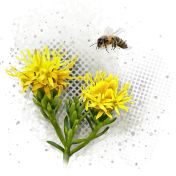
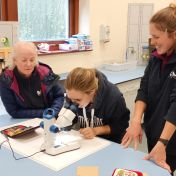
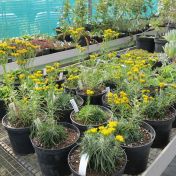
Community Engagement Study
The study seeks to address inequities in nature connection, by informing nature engagement practice in the UK, which has implications for both mental health and ecological restoration.
The research is intended to be collaborative and transformative: sharing success stories within a collective of organisations, identifying avenues to develop practice and providing an opportunity for reflection on inclusive nature engagement practice within the interviews.
Back On Our Map is a pioneering project supported by the National Lottery Heritage Fund and hosted by the University of Cumbria. The project works with communities to reintroduce a suite of locally threatened or extinct species to South Cumbria. Morecambe Bay Partnership has been a key delivery partner for the project, responsible for community engagement and volunteering.
As the project enters its final months, we would like to share the our Legacy Documents which covers the nitty gritty detail of all the work that has been carried out.
